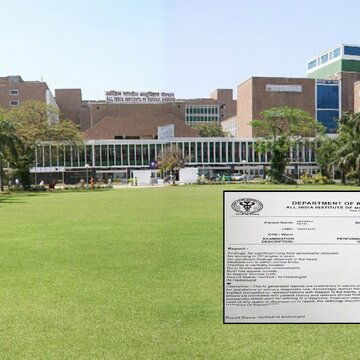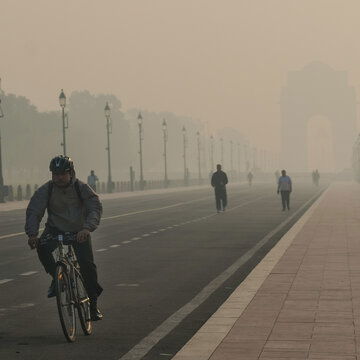Delhi's air pollution crisis has once again come under sharp focus, with the city battling hazardous air quality that shows no signs of easing. As thick smog blankets the capital, some city dwellers opt for temporary escapes to clean cities, a decision that underscores the jarring contrast in their living conditions.
'My lungs can't handle 400 AQI'
Among them is Naman Jain, a social media user whose posts capturing his departure from Delhi sparked wide attention. Sharing a photograph of an aircraft at the gate, he wrote, “Byee Delhi,” echoing the frustration of many grappling with toxic air.
After his landing in Singapore, Jain shared a picture of the city's clear skyline, saying, "Hello Singapore, my lungs are definitely not ready for this 400 -> 40 AQI transition."
His onward journey to Sydney also made headlines as he shared one of the views of the iconic Opera House, terming it "one of the best views so far." His updates underlined the vast difference in air quality between Delhi and global cities known for their cleaner environments.
ALSO READ | Who is Divija Bhasin? Instagram influencer under FIR over ‘Proud R’ campaign
AQI in Delhi continues to deteriorate
Back home, Delhi's air remained in the 'very poor' to 'severe' categories. According to a Hindustan Times report, the AQI average on Sunday morning reached 385, in the 'very poor' category. Several important locations fared worse: Anand Vihar recorded 412, Chandni Chowk 418, ITO 417 and Bawana 436 — all classified as 'severe'.
ALSO READ | Viral video of Delhiite shows air purifier turning black in 2 weeks as AQI worsens
Earlier in the week, the readings had dipped further: 428 on Tuesday, 418 on Wednesday, and 404 on Thursday. Readings remained high right through Friday and Saturday, reflecting continued exposure to hazardous air.
How is AQI measured?
The Central Pollution Control Board (CPCB ) measures air quality on a 0–500 scale; while 0–50 means ‘good’ air, anything above 401 is considered ‘severe’. Delhi’s current readings at the higher end of this range reflect serious health risks for its residents.










